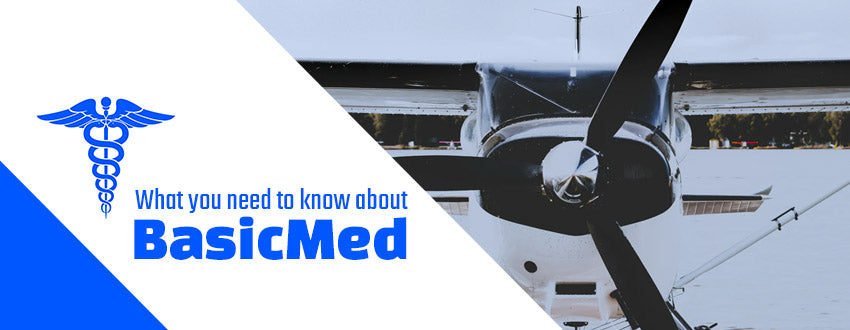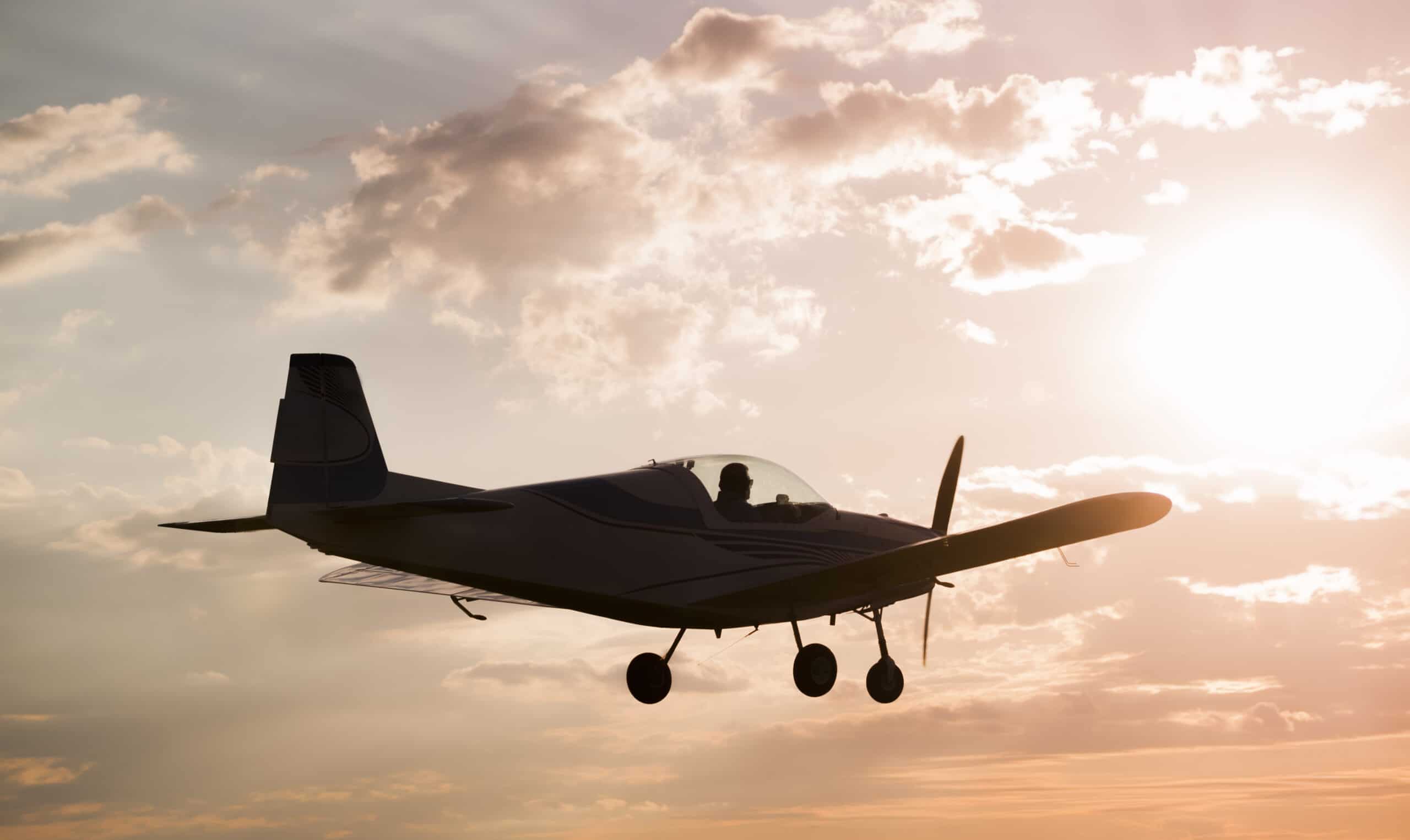Key Insights: 10 Essential Facts About BasicMed
Since its introduction, BasicMed has significantly influenced the aviation landscape, providing an alternative path for pilots to maintain their medical certification. This program, established by the Federal Aviation Administration (FAA), aims to simplify the medical certification process for general aviation pilots, allowing more individuals to fly safely and efficiently. As a pivotal development in aviation health regulations, BasicMed offers an attractive option for pilots who meet certain criteria, making it essential to understand this program’s intricacies and implications.
Understanding BasicMed: A Comprehensive Overview

BasicMed, officially known as the FAA’s Alternative Pilot Physical Examination and Education Requirements, was introduced on May 1, 2017. This initiative arose from the FAA Extension, Safety, and Security Act of 2016, intending to offer a more flexible medical certification process for private pilots. It enables pilots to conduct flights under certain conditions without holding a third-class medical certificate, provided they comply with BasicMed requirements. This significant regulatory shift reflects the FAA’s commitment to easing bureaucratic constraints while maintaining rigorous safety standards.
Under BasicMed, pilots are required to complete a medical education course every 24 months and undergo a comprehensive health examination conducted by a state-licensed physician every 48 months. This process involves filling out a comprehensive checklist, which covers various health aspects, including eyesight, hearing, and neurological conditions. The examining physician must also certify that the pilot is fit to fly, and the associated documentation must be kept on hand for FAA verification. The flexibility offered by BasicMed is especially beneficial for those who struggle to meet the strict criteria of the traditional medical certification process yet remain fit to fly safely.
One of BasicMed’s key advantages is that it extends the flying privileges for eligible pilots without the need for frequent visits to an Aviation Medical Examiner. With BasicMed, pilots can operate aircraft with a maximum takeoff weight of 6,000 pounds or less and carry up to five passengers. However, there are limitations, such as a maximum altitude of 18,000 feet and a restriction to flights within the United States. Despite these limitations, BasicMed has opened the skies for numerous pilots, promoting greater participation in general aviation by reducing administrative burdens.
Essential Facts Every Pilot Should Know About BasicMed

First and foremost, pilots need to understand that BasicMed does not replace the traditional medical certification process but offers an alternative pathway for those eligible. While it provides greater flexibility, it still necessitates compliance with specific requirements. Pilots must have previously held a valid FAA medical certificate after July 14, 2006, to qualify for BasicMed. This provision ensures that all participants have had a baseline evaluation under the traditional system, creating a balance between flexibility and safety oversight.
Another crucial fact is the scope of flight operations permitted under BasicMed. While it allows pilots to carry up to five passengers, fly aircraft up to 6,000 pounds, and operate within the United States, it strictly prohibits operations for compensation or hire. This restriction delineates BasicMed from commercial aviation medical requirements, ensuring its applicability remains within the general aviation community. Additionally, pilots flying under BasicMed must refrain from flights above 18,000 feet, maintaining operations within lower airspace where general aviation is most prevalent.
Lastly, it is imperative for pilots to maintain thorough records of their BasicMed compliance. This includes documentation of their physician-conducted health exam and proof of completion of the biannual online medical education course. Keeping these records readily accessible is crucial in case of an FAA inquiry or during ramp checks. Further, pilots must self-assess their fitness to fly before each flight, adhering to a mindset of personal responsibility and safety, which is a cornerstone of effective BasicMed utilization. By being fully informed and prepared, pilots can take full advantage of the BasicMed program, enjoying the freedoms it offers while ensuring safe flight operations.
BasicMed represents a significant evolution in the FAA’s approach to pilot medical certification, offering a practical alternative that upholds safety while providing flexibility. For many pilots, BasicMed has enabled continued participation in general aviation, reducing the frequency of medical examinations without compromising safety. As the aviation community embraces this innovative approach, understanding and adhering to BasicMed’s requirements is paramount for harnessing its benefits. By staying informed, pilots can navigate the skies with confidence, enjoying the opportunities BasicMed brings to the world of general aviation.



